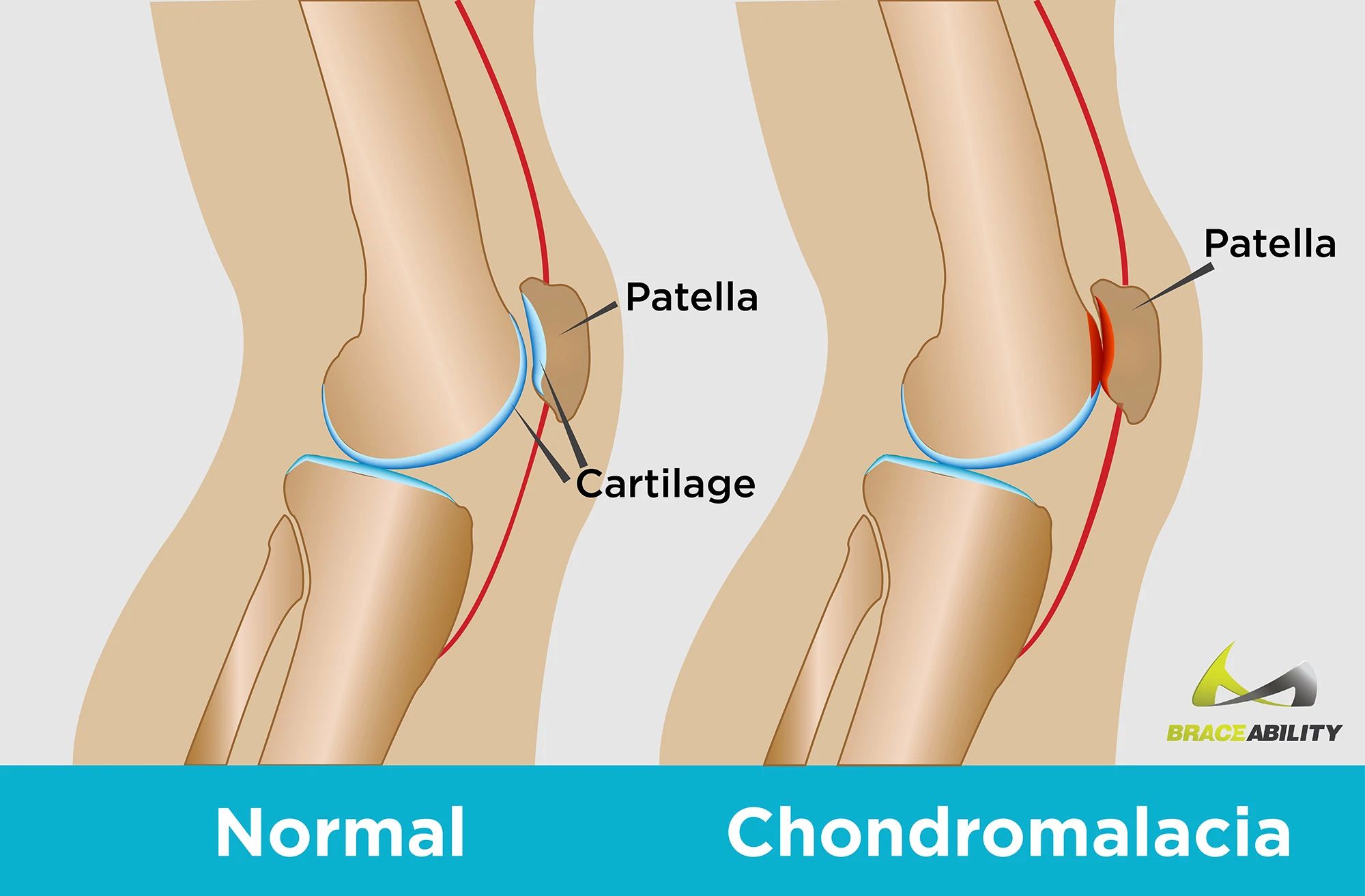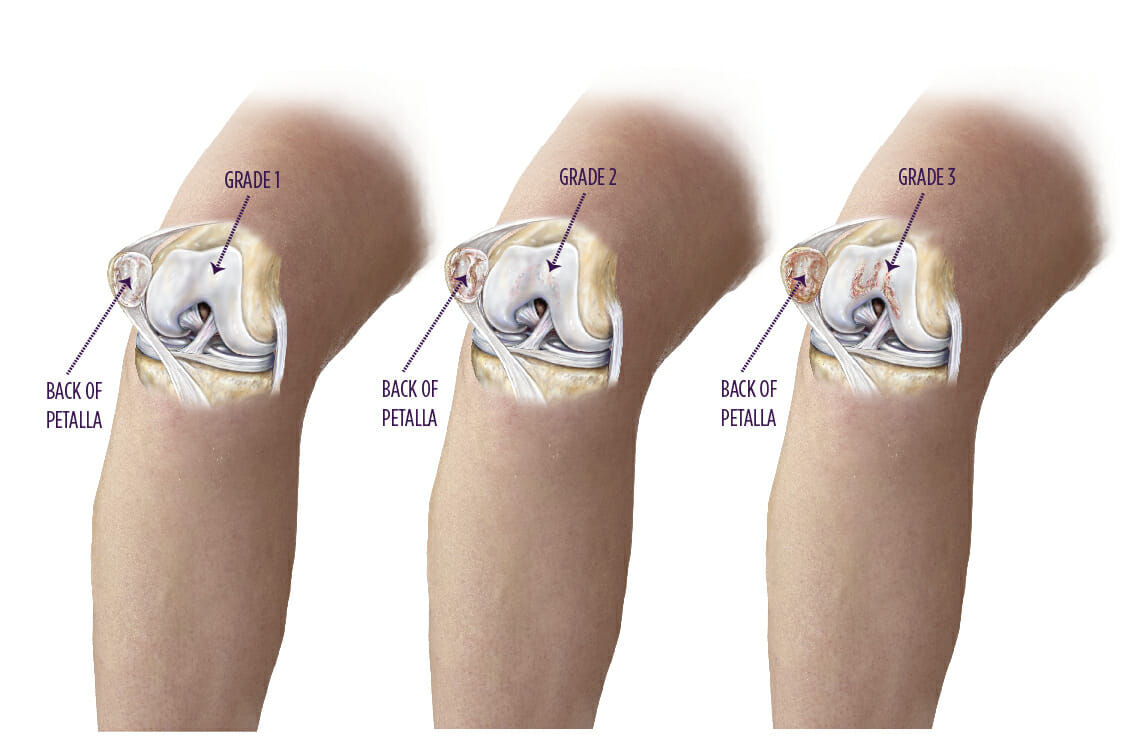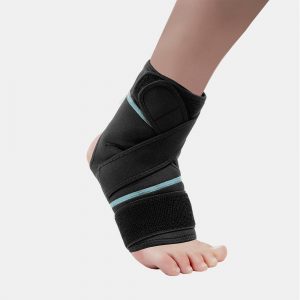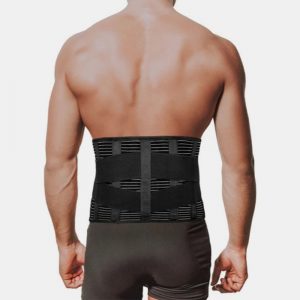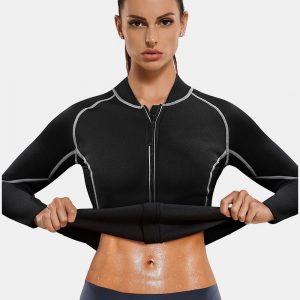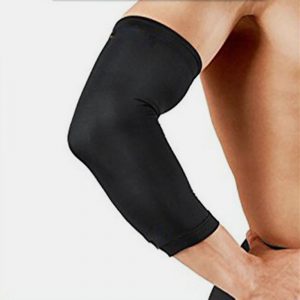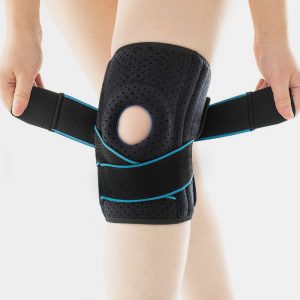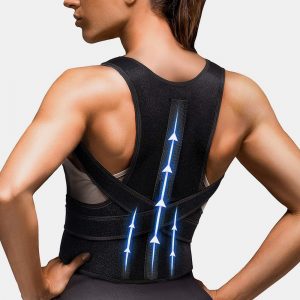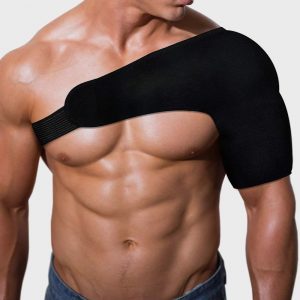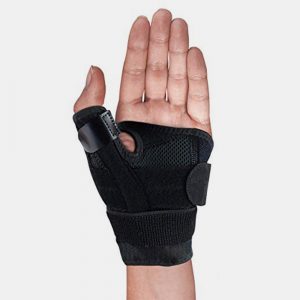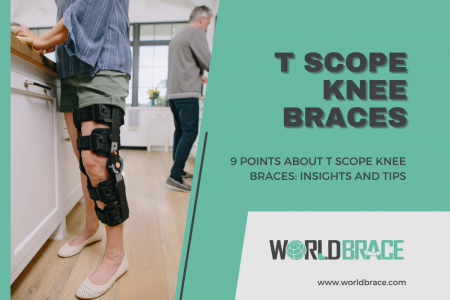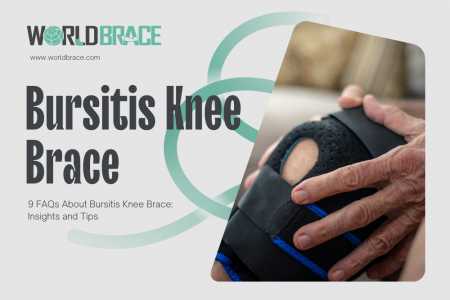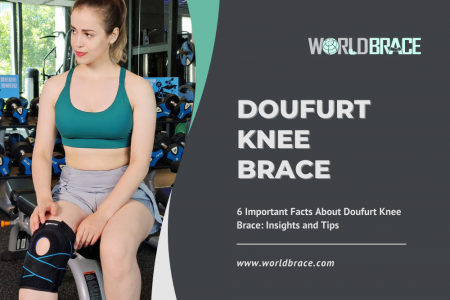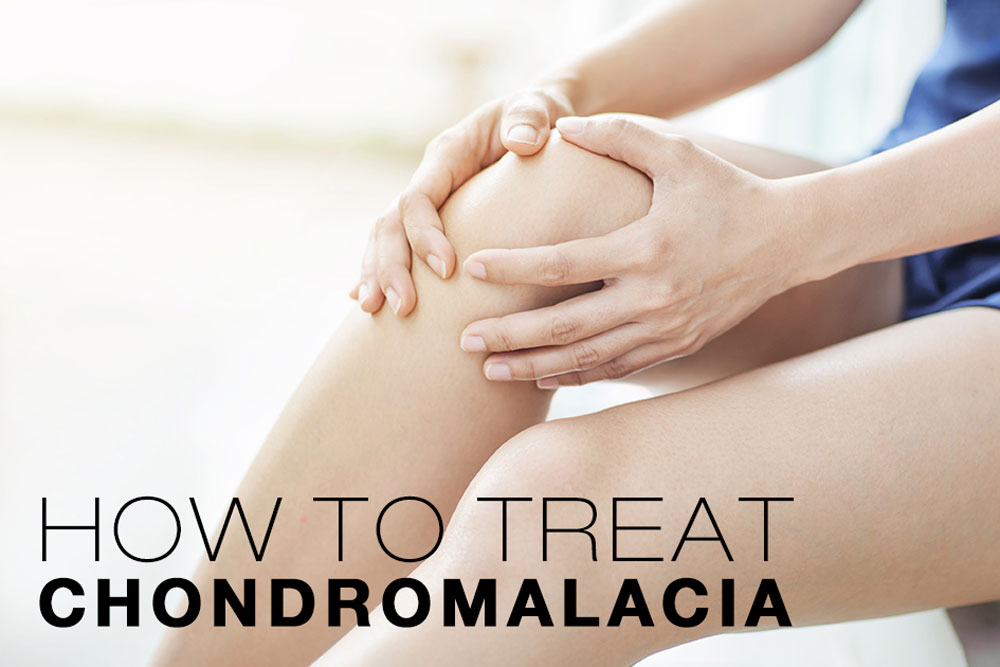
Table of Contents
Chondromalacia or Chondromalacia Patellae is an inflammation of the bottom of the kneecap (patella) accompanied by the weakening of the cartilage. Athletes involved in sporting activities such as soccer, volleyball, sprinting, baseball, and snowboarding are at a higher risk of such an injury.
Wearing a knee brace to manage Chondromalacia helps align the patella, absorbs excessive shock on the kneecap, and provides partial relief from the pain.
This article will discuss what Chondromalacia is, what contributes to its development, and the best treatment for this condition.
What is Chondromalacia?
Chondromalacia patella, commonly known as knee pain, is the softening and deterioration of cartilage (tissue beneath the kneecap/patella.)
Cartilage in the kneecap provides cushioning and absorbs excessive pressure and shock. However, the cartilage starts to break down with time, causing the knee cap and the thigh bone (femur) to rub together. This usually produces irritation such as grinding or clicking when flexing the knee and causes dull pain.
Chondromalacia is also referred to as ‘patellofemoral pain syndrome,’ but remember that patellofemoral pain syndrome does not comprise cartilage damage.
What are the Stages of Chondromalacia?
Cartilage damage is given a grade of 0 to 4, indicating progression of the deterioration.
- Grade 0 indicates normal, firm cartilage without surface abnormalities.
- Grade 1 indicates abnormal, soft cartilage. Grade 1 Chondromalacia causes pain with intensive activity since the cartilage isn’t protecting the underlying bone.
- Grade 2 indicates cartilage with a ‘shag carpet’ appearance and damage (unwinding) of the collagen that forms the cartilage.
- Grade 3 indicates full thickness splitting of the cartilage down to the subchondral bone.
- Grade 4 indicates total loss of cartilage and the subchondral bone exposed. These changes can be limited to a small cartilage region or affect a larger surface area. They may also involve a single side of the joint or both sides.
What Factors Can Contribute to the Development of Chondromalacia?
Many factors contribute to cartilage damage and the subsequent development of Chondromalacia, like excessive weight, age-related degeneration of cartilage, and acute or repetitive injuries to the knee. However, the most common cause of Chondromalacia is excessive use or muscle weakness.
During routine activities, the cartilage in the knee cap withstands extreme pressure. However, this pressure significantly increases during running, jumping, and other strenuous activities. An injury sustained from this stress or some traumatic accident can cause the cartilage surface to shear off from the end of the bone, exposing the latter and causing mild to severe pain.
Other factors that increase the likelihood of Chondromalacia include:
- abnormal knee cap positioning
- tightness of the knee muscles
- excessive activity involving the knee
- flat feet
What is the Best Treatment for Chondromalacia Patella?
Treating Chondromalacia depends on the degree of damage. However, the first mode of action is giving the knee rest. This should be followed by a symptomatic treatment, which includes:
- placing an ice/cold pack on the injured area for 15 to 20 minutes, four times every day, for many days. Remember to wrap the ice/cold pack in a towel before applying it to the affected area.
- taking non-steroidal anti-inflammatory medication (NSAIDs) for pain relief (ibuprofen, aspirin, naproxen)
- Applying topical pain medication such as creams or patches to help ease soft tissue pain.
- Using prescription pain relievers.
Other self-care treatments include:
- modifying your exercise regime
- doing exercises that stretch and strengthen the hamstring muscles and quadriceps
- using customized support devices and shoe inserts
- wearing specialized sports/running shoes
- taping to realign the kneecap
- weight management (if that is among the causes)
If the above methods seem ineffective, doctors might suggest surgery to remove the damaged cartilage. In some cases, a more intensive surgery might be required to readjust the knee cap and alleviate compression in the region.
Chondromalacia Knee Brace
A chondromalacia knee brace can help relax the knee and provide compression. Hinged chondromalacia patella knee braces offer both stability and compression and are augmented by medial and lateral hinges that provide additional ligament support.
Moreover, a knee brace might also be necessary after a surgical procedure to facilitate proper healing.
If you’re looking for a reliable Chondromalacia knee brace, WorldBrace has manufactured high-quality knee braces in China since 2001. We provide holistic knee brace solutions for all your problems. In addition, we offer a wide range of supports, from copper knee braces to patella gel knee braces.
Contact us today, and together, we can create a personalized knee brace that is guaranteed to provide comfort and relief.
Simple Test for Chondromalacia (Patellofemoral Pain Syndrome)
faq
What is the ICD-10 code for Chondromalacia Left Knee?
The ICD-10 code for Chondromalacia Left Knee is M94. 262.
Do Knee Braces Help Chondromalacia?
Yes. Supportive knee braces are recommended to enhance the alignment of the patella (kneecap) and provide support. However, they do not heal the damaged cartilage.
Is Chondromalacia Patella Permanent?
Yes, chondromalacia patella is a permanent condition. This is because the breakdown of cartilage is irreversible and generally progresses with time.
Is Walking Good for Chondromalacia Patella?
Yes, but to an extent. Mild exercises that are stress-free for the knees include swimming, walking (avoid climbing up and down slopes), and cross-country skiing.

